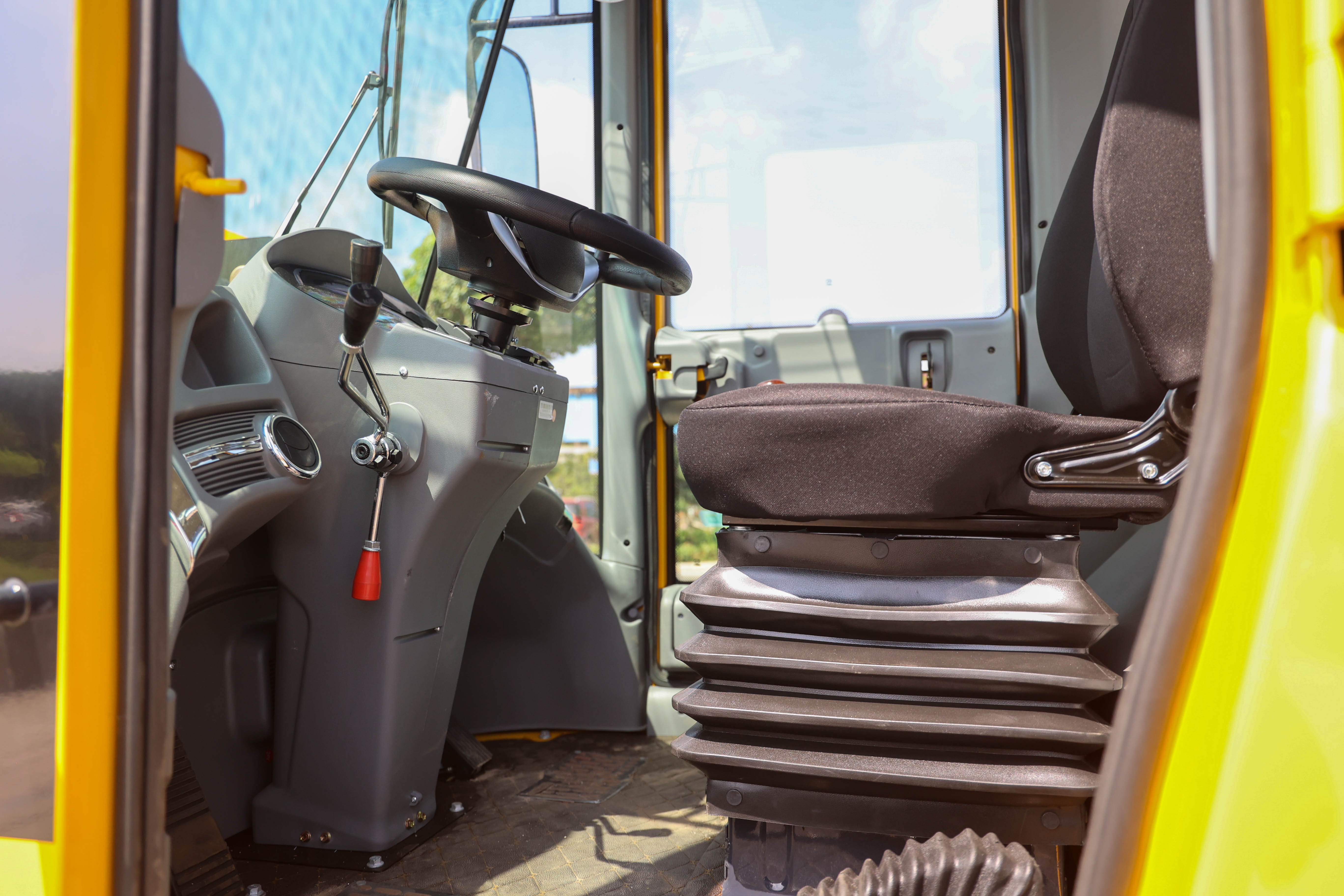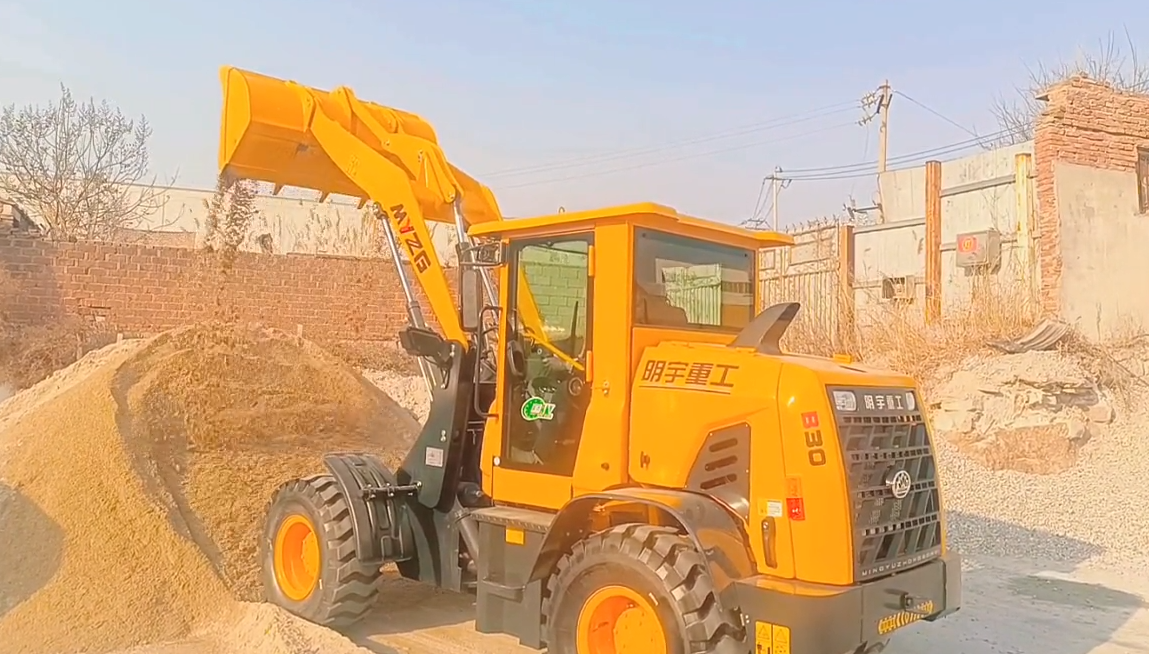A wheel loader is a versatile piece of heavy machinery commonly used in construction, mining, and agriculture. It's designed to load materials like dirt, gravel, and debris into dump trucks or other hauling vehicles. However, operating a wheel loader in rugged terrain can be a demanding task, subjecting operators to significant vibration and discomfort.
To mitigate these challenges and enhance operational efficiency, modern wheel loaders often incorporate a feature known as ride control. Ride control is a technological advancement that significantly improves the overall performance and operator experience of a wheel loader. By effectively dampening vibrations and smoothing out the ride, ride control systems contribute to increased productivity, reduced operator fatigue, and enhanced safety.

How Ride Control Works
Ride control systems typically utilize hydraulic accumulators to absorb shock and vibration. These accumulators are strategically placed within the loader's hydraulic system. As the loader traverses uneven terrain, the hydraulic fluid flows through the accumulators, compressing a gas-charged bladder. This compression process absorbs energy, preventing it from being transmitted to the operator's seat and controls.
The activation and deactivation of ride control systems can be automated or manually controlled by the operator. In automated systems, sensors monitor factors like ground conditions and vehicle speed to determine when the ride control system should be engaged. Manual control allows the operator to activate or deactivate the system based on specific needs.
Benefits of Ride Control
Ride control offers a multitude of benefits that contribute to a more efficient, comfortable, and safe operation of wheel loaders:

-
Improved Operator Comfort:
- Reduced fatigue and stress: By absorbing shocks and vibrations, ride control significantly reduces the physical strain on the operator, leading to decreased fatigue and improved overall well-being.
- Enhanced focus and productivity: A more comfortable working environment allows operators to maintain focus for longer periods, leading to increased productivity and reduced errors.
-
Increased Productivity:
- Smoother operation: Ride control enables smoother operation, particularly in challenging terrain, leading to faster cycle times and increased material handling capacity.
- Reduced downtime: By minimizing operator fatigue and discomfort, ride control helps to reduce downtime associated with operator fatigue-related issues, such as accidents and errors.
-
Preserved Material:
- Minimized material spillage: The smoother operation provided by ride control reduces the risk of material spillage during transport, leading to cost savings and improved efficiency.
- Reduced operational costs: By minimizing material loss, ride control helps to reduce operational costs and improve the overall profitability of operations.
-
Enhanced Safety:
- Improved stability and control: Ride control enhances the stability and control of the wheel loader, especially in challenging conditions, reducing the risk of accidents and injuries.
- Reduced risk of accidents: By improving operator comfort and reducing fatigue, ride control helps to minimize the risk of accidents caused by operator error or distraction.
- Increased machine longevity: Reduced vibration and shock loads on the machine components can extend the lifespan of the wheel loader, leading to lower maintenance costs and increased return on investment.
Ride control is a valuable technology that significantly enhances the performance and operator experience of wheel loaders. By effectively mitigating vibration and improving ride comfort, ride control systems contribute to increased productivity, reduced maintenance costs, and enhanced safety. As the construction and mining industries continue to evolve, ride control is likely to become a standard feature on modern wheel loaders.
Post time:Nov.14.2024
